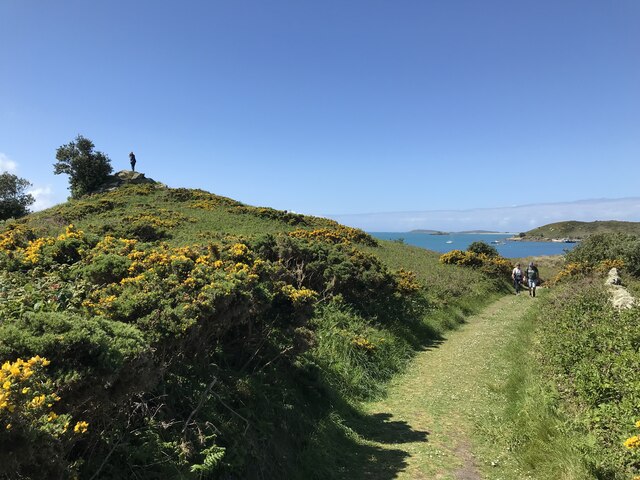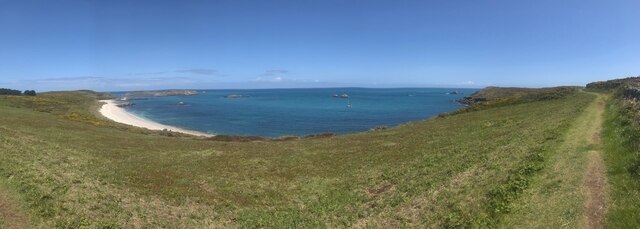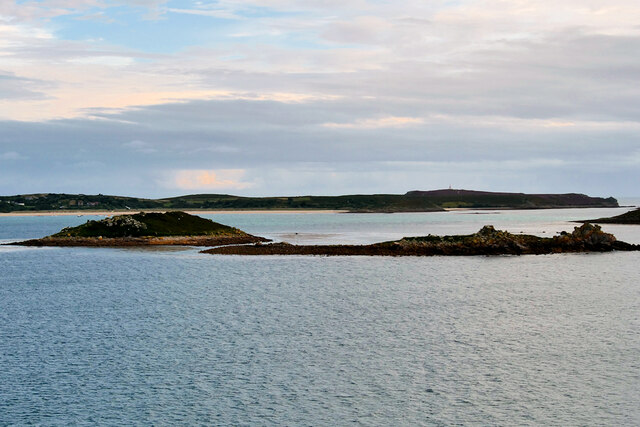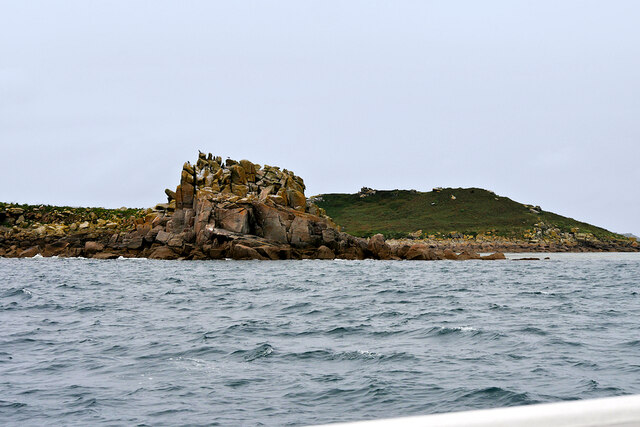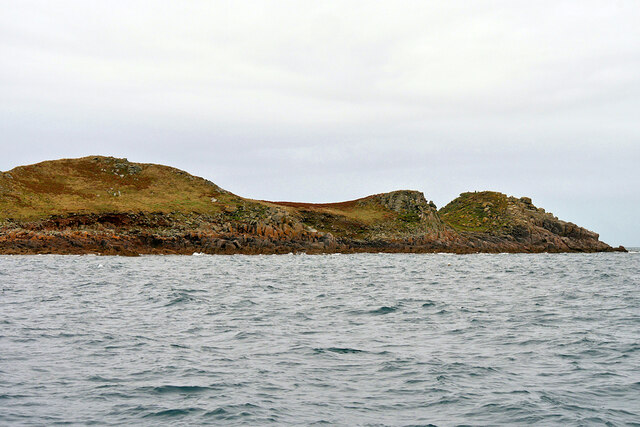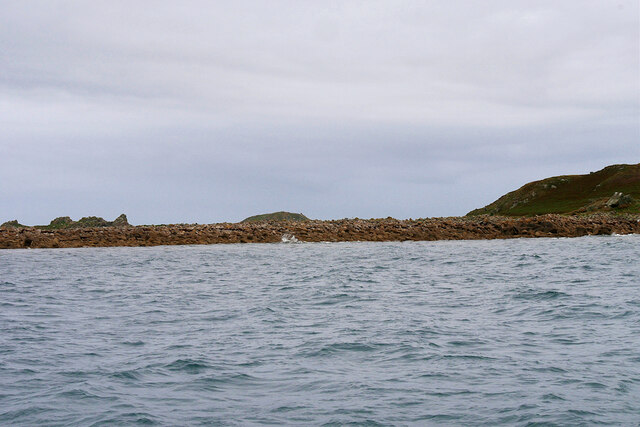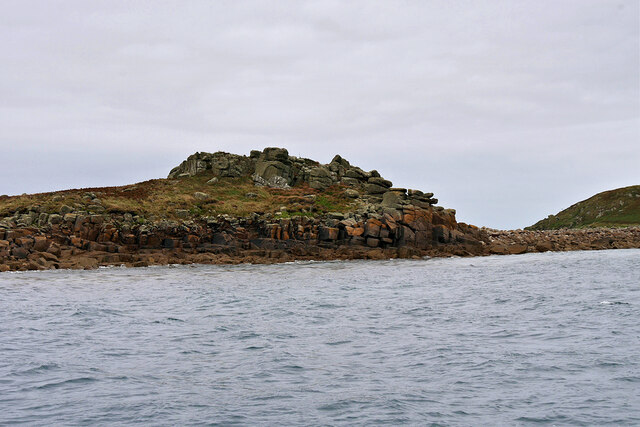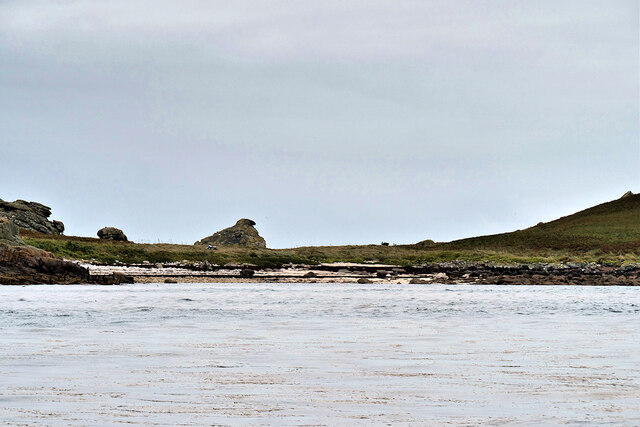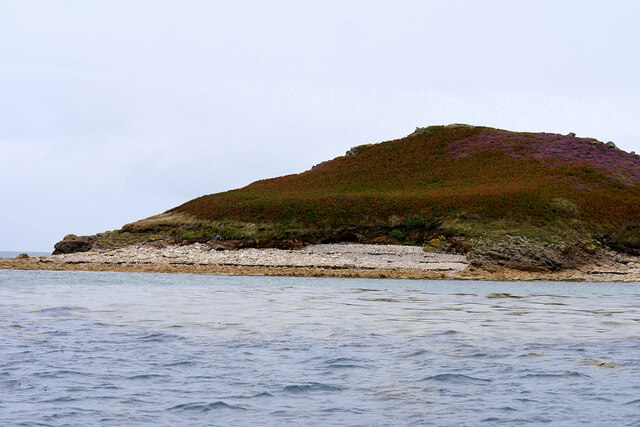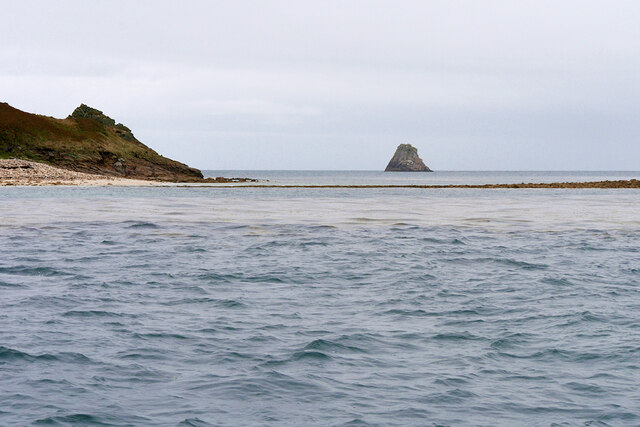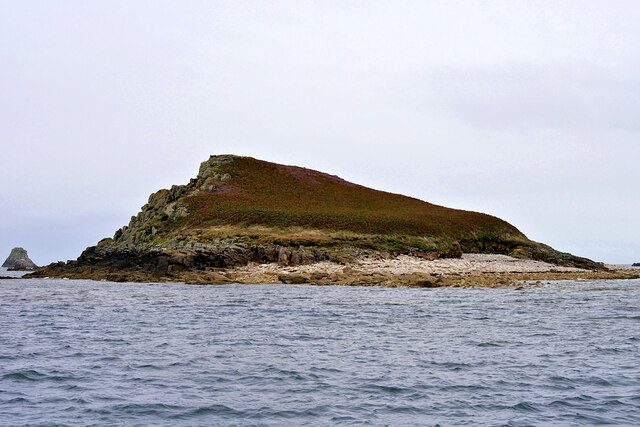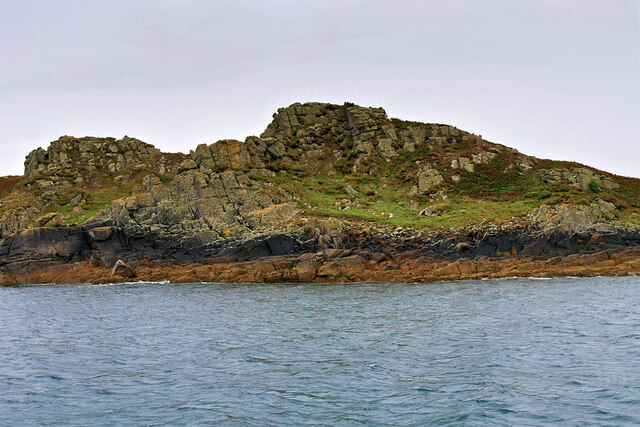Gun Hill
Hill, Mountain in Cornwall
England
Gun Hill
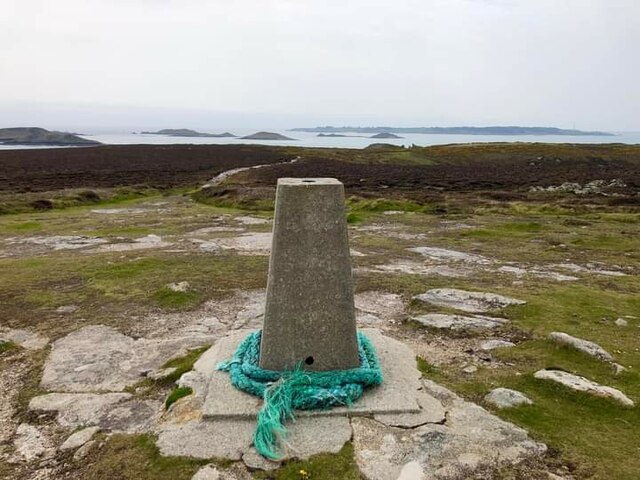
Gun Hill is a prominent hill located in Cornwall, England. Situated in the southeastern part of the county, it forms part of the beautiful landscape in the area. This hill, often referred to as a mountain, rises to an elevation of approximately 330 meters (1,083 feet) above sea level.
The hill's name is derived from its historical association with gun emplacements that were strategically positioned during times of war. These emplacements were utilized to defend the coast against potential attacks. Today, remnants of these historical structures can still be seen on the hill, serving as a reminder of its military significance in the past.
Gun Hill offers breathtaking panoramic views of the surrounding countryside, making it a popular destination for hikers and nature enthusiasts. The hill is covered in lush green vegetation, with a variety of plant species flourishing in its diverse ecosystem. The diverse flora attracts an array of wildlife, including birds, butterflies, and small mammals, adding to the hill's natural charm.
Visitors can explore Gun Hill by following well-maintained footpaths that wind their way up the hillside, allowing for a peaceful and enjoyable hike. Along the way, there are several vantage points that offer stunning vistas of the Cornish countryside, providing ample opportunities for photography and taking in the natural beauty of the area.
Gun Hill is not only a picturesque destination but also holds historical significance, making it a must-visit location for both history buffs and nature lovers alike.
If you have any feedback on the listing, please let us know in the comments section below.
Gun Hill Images
Images are sourced within 2km of 49.959815/-6.2694904 or Grid Reference SV9315. Thanks to Geograph Open Source API. All images are credited.
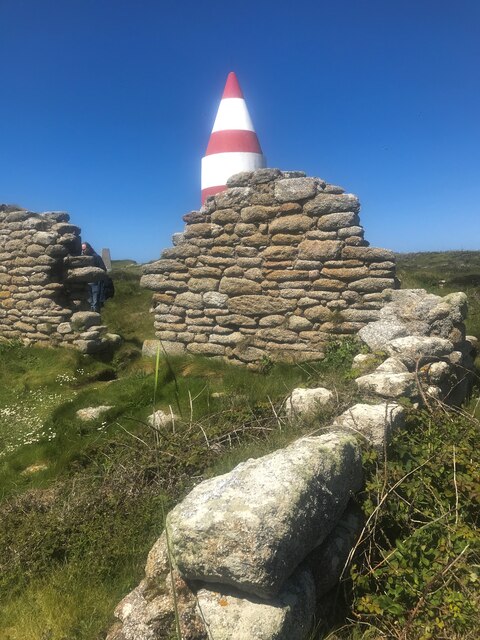
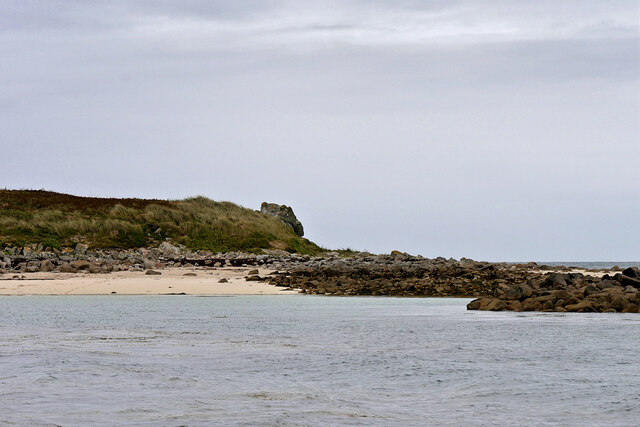
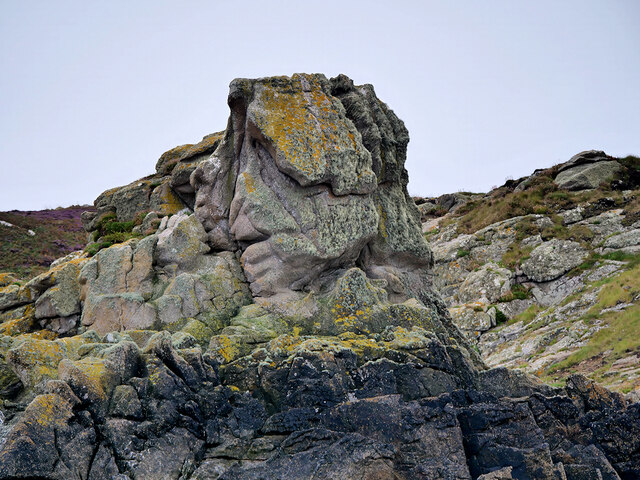
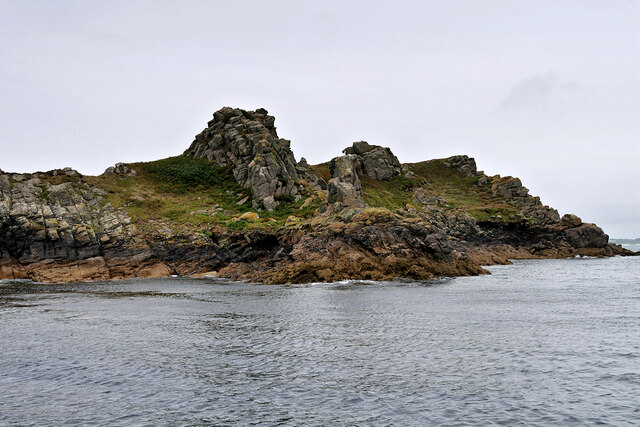
Gun Hill is located at Grid Ref: SV9315 (Lat: 49.959815, Lng: -6.2694904)
Division: Isles of Scilly
Unitary Authority: Isles of Scilly
Police Authority: Devon and Cornwall
What 3 Words
///buying.splints.napkins. Near St Martin's, Isles of Scilly
Related Wikis
PS Earl of Arran (1860)
PS Earl of Arran was a passenger vessel operated by the Ardrossan Steamboat Company from 1860 to 1871 and the West Cornwall Steam Ship Company from 1871...
Higher Town, Isles of Scilly
Higher Town (Cornish: Trewartha) is the easternmost and largest settlement on the island of St Martin's in the Isles of Scilly, England. It is situated...
St Martin's Methodist Church, Isles of Scilly
The Methodist Church, St Martin's, Isles of Scilly is a Grade II listed chapel in St Martin's, Isles of Scilly. == History == Bible Christians arrived...
St Martin's Church, St Martin's
St Martin's Church, St Martin's is a Grade II listed parish church in the Church of England located in St Martin's, Isles of Scilly, UK. == History... ==
Nearby Amenities
Located within 500m of 49.959815,-6.2694904Have you been to Gun Hill?
Leave your review of Gun Hill below (or comments, questions and feedback).
